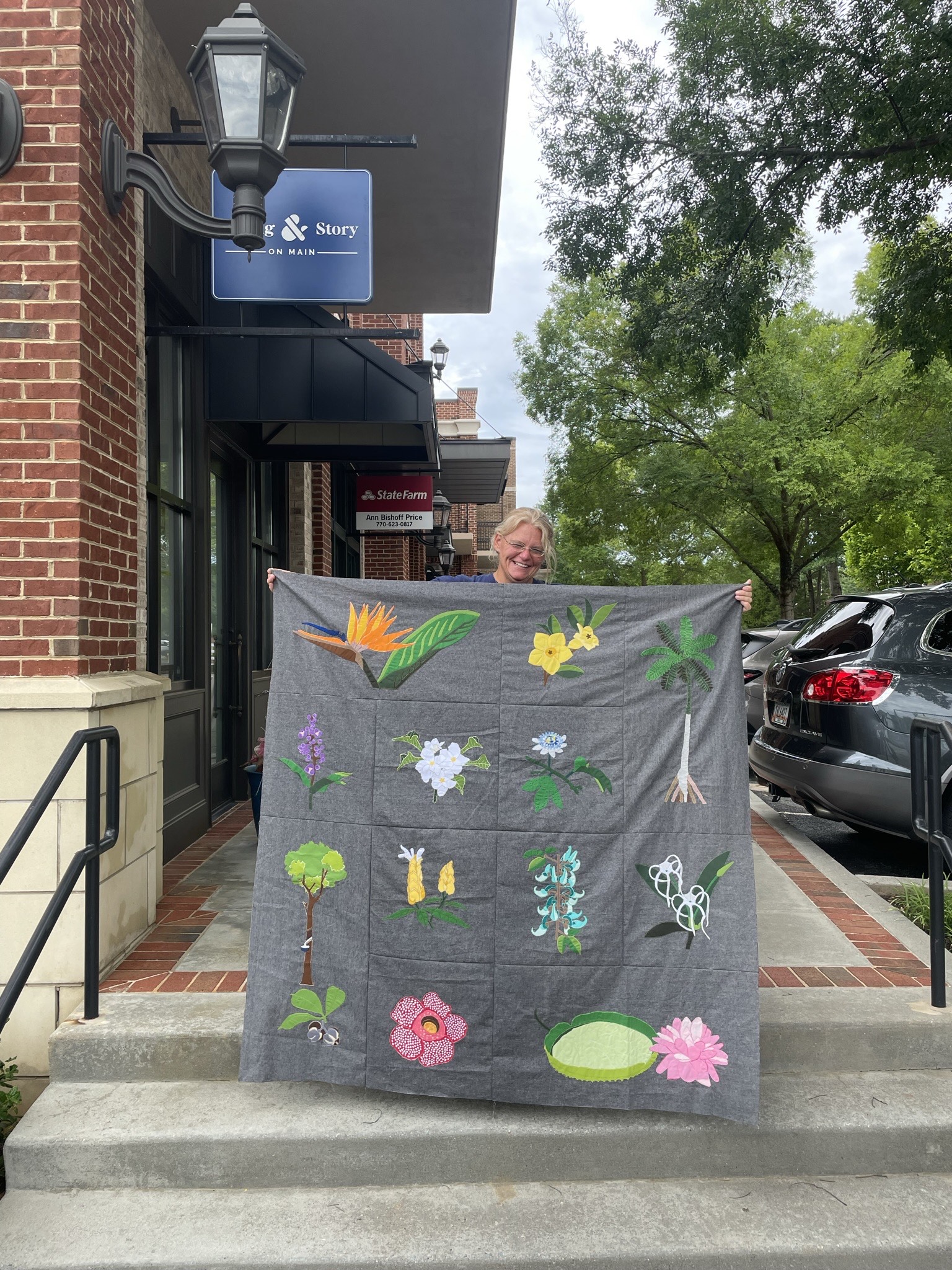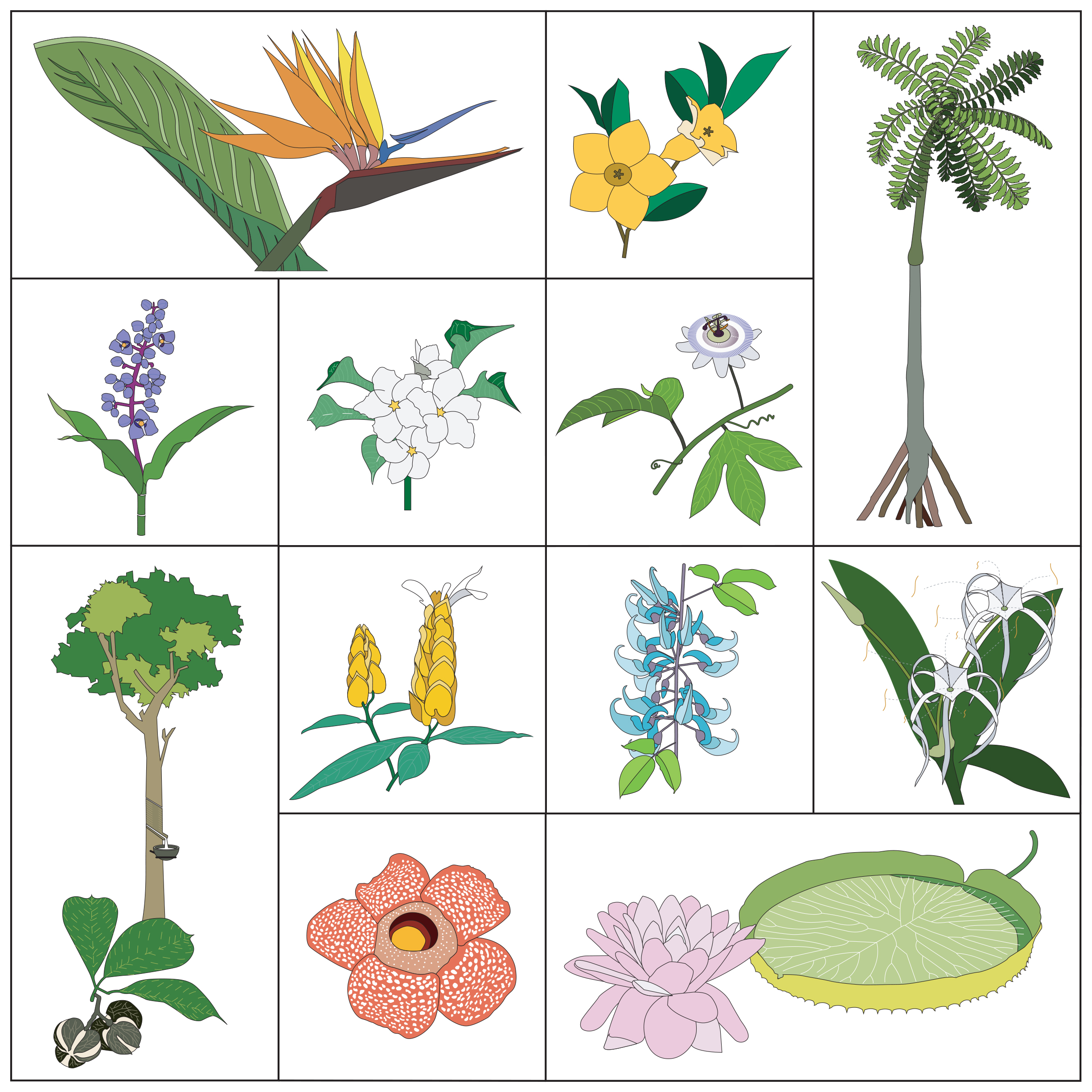Announcing a New Membership Benefit
Announcing a New Membership Benefit from Aurifil! Last year QA board co-president, quilter, curator and writer Laura Hopper created a Birthday Block of the Month featuring blocks by nine incredible designers to celebrate our 30th anniversary. It was a huge hit and helped us grow our membership by 32%. This year, co-president Bradley Mitchell and his generous and creative colleagues at Aurifil are gifting our members another Block of the Month! Starting in May we will begin sharing the Aurifil Flora Block of the Month with our members. The blocks, instructions and any supplemental resources will be shared via this newsletter and your membership portal. So if you haven’t yet logged in to your portal, give it a try soon. There are twelve months/blocks in the Flora series and we will keep the BOM archived in your membership portal for at least six months after the last block is released in April 2025. Not a member yet? Join today! The last few years have been a wild ride. We’ve had to stop, adjust, reimagine, reroute, redo. It’s been a challenge, but in some ways, all of the changes have helped us to slow down, to appreciate the beauty that lives right in front of us, and to experience the small things with a more grateful heart. Perhaps it manifests as an unexpected cool breeze on a hot summer day or the sound of a bird chirping outside your window. Maybe it’s a favorite hike just outside the city or maybe it’s a burst of color that provides the perfect distraction on your Sunday morning stroll. A tree, a flower, a bloom, a petal… the sense of calm and renewal that nature provides is often overlooked, but this year, we are choosing to bring that natural beauty to the forefront. Introducing Flora, a 12 month Botanical Appliqué BOM designed by Aurifil’s Kate Brennan in partnership with graphic designer Christina Weisbard. The colors and design of Flora were drawn from 12 breathtaking rainforest plants from the Amazon Water Lily and the Bird of Paradise to the Jade Vine and the Spider Lily. The monthly blocks, allow each of the 12 featured plants to take center stage. While instructions are given for fusible appliqué, a variety of methods of appliqué and finishing will be highlighted. Depending on the month, raw blocks are 12-1/2″ x 12-1/2” or 12-1/2” x 24-1/2”. They can be finished into individual minis or collected to create a finished 48” x 48” quilt.



